Click Here to Download the Audio File
Jack Smith, Yavapai County Supervisor for District 5, called a Walker Community meeting to discuss the Goodwin Fire and some other issues on Aug 5th at 3:00pm.
I recorded the whole meeting, which lasted about an hour and twenty minutes. You can download the audio file above and listen to the whole thing if you want.
Attendees:
Jack Smith, County Supervisor, District 5
Sarah Tomsky, District Ranger, Prescott National Forest
KC “Bucky” Yowell, West Zone Assistant Fire Management Officer
Hugh Vallely, Emergency Management
Byron Jaspers, Director, Yavapai Public Works
Kendra Bull, Forest Engineer
Goodwin Fire Discussion
I’ve quoted the most interesting parts below.
Jack started off. “First question people will ask is was it human started or a lightening strike.
They don’t know. It is under investigation.”
Sarah Tomsky was introduced and she introduced Bucky Yowell.
When The Goodwin Fire Started
Bucky recounted the story of what happened at the beginning of the fire. He refers to Toby, another fire management officer.
That day we decided to go out to the Mayer Goodwin area to take a look at some treatments that they have done out there, prescribed burning and all that.
So we went from Union Saddle down to some trail, then we turned around and we were going into Pine Flat to look at that country.
We were just talking back and forth. I looked over to talk to him and I could see smoke coming off, right next to the Goodwin area.
Yeah. We turned around and went down the road, and got to it. I won’t lie to you, when we got to the fire, it was probably 20 by 20.
That was it. Yeah, 20 feet by 20 feet.
It didn’t look like it was doing a whole lot, so we got a couple engine crews to respond right off the bat. We got a helicopter responding right off the bat.
In the back of my mind, I was sitting there going “Are we ordering too much? Are we sticking stuff way down into no man’s land where we could be getting a start closer into Prescott and all that.
Toby went right up to the fire. I took incident commander of the fire. That means I’m in charge of it.
I walked up, probably a couple minutes after him. He had a line, probably three quarters of the way around the fire.
We had a small piece, maybe like between me and Jack here to tie this thing in, at the heel(?). So, we already had the forward rate of spread stopped and we were just going to seal off the heel(?).
I was like, we get a couple buckets on this and this thing is a done deal.
Shortly after this, an oak bush torched out.
That means the whole bush went up in flames and just threw sparks all out ahead of us.
As soon as we saw that, we walked up. Um. Yeah. It was “off to the races time”.
We doubled back around, got to the main road, up by, closer up to Pine Flat.
There’s a nice saddle there that we could look at the big picture and as resources were coming in, direct them into it.
Automatically, as people were coming in, we assigned them to different divisions, part of the fire, and we were going direct on the fire.
We ordered up a couple seats, small engine air tankers, about 250 gallons of retardant at a time.
We ordered up a heavy air tanker, then a VLAT, a very large air tanker at this time.
And of course, air attack to tell us what’s going on, and to manage the air resources.
I’m trying to go fast.
Sarah interjected. “There’s a lot of information, but regardless of how fast they acted, there was very little that could have been done to keep it from getting to where it got.”
Bucky gave some more details.
It seems to me that it was burning primarily in manzanita. It started off in pine, then it went into the chaparral, which is oak brush, manzanita, and all the different brush components. The majority of that was about twelve feet tall.
I talked to one of the hotshot superintendents and he said it was so dry that he was just kicking it and it was breaking, so pretty dry conditions.
The big thing there that I thought was outstanding was that the sheriff’s department came out on scene. They were out there really quick.
We set up trigger points. A trigger point is when the fire reaches a certain area, what action are we going to do.
We set up a trigger point within the first 30 minutes of when to evacuate Pine Flat.
Within the first hour, it hit the trigger point and we went right into evacuation of Pine Flat.
It was amazing that we got notice 20 or 30 minutes later that Pine Flat was evacuated.
It went really seamless. It was a lesson that we’ve been working on and a lesson that we learned from Yarnell. I wanted to state that.
That night they ordered a Type One Team and people were in route that night.
Sarah told us how vulnerable we were and still are.
You all know what happened when it made an 18,000 acre run towards Mayer.
Mayer was evacuated, as was Dewey-Humbolt and Poland Junction.
That evening, the weather prediction was that we were going to have the same weather conditions for the next three days.
We had already known that if we were ever to get a fire started in that location that the community of Walker was at risk.
The reason is that once it gets into Big Bug Mesa, and into the Breezy Pines area, there are no real safe places to insert our fire fighters to keep fires from coming back up and over into Walker.
The main value at risk, for anybody out there, are our fire fighters.
We’ve know all along that if there was ever to get a fire that would come up over Big Bug Mesa and threaten Breezy Pines, that Breezy pines and Walker were highly likely to be affected by fire.
When that fire went to the East on that Tuesday, we were obviously focusing on the communities in that direction, but always with an eye to your community.
Bucky talked about Walker.
One of the trigger points to evacuate Walker and Potato Patch and all that was if the fire jumped Breezy Pines Road.
There’s nothing in there, between there and here, that we have, most of the time.
That next morning the fire did jump Breezy Pines Road and that triggered the evacuation.
Luckily, with retardant, and with (?), they were able to catch that thing where it was at.
We would still have to fight the fire moving up to Breezy, so you were all still jeopardized.
Sarah made it clear how dangerous it was for the fire fighters.
I want make sure that it’s really clear to you all that we put fire fighters in a place that was not a very safe place to put them.
These decisions are not made lightly. We trust out fire fighters on the ground to tell us, if they scout out an area and they think they have a chance of stopping that fire and keeping it out of a community like Breezy Pines and Walker,
We trust their expert advice and we have lots of very serious conversations about what we are asking our fire fighters to do.
Our Prescott HotShots were up here. We know that they know the country. They understand the fuel type.
They understood the hazards and what could happen. They felt that they had an opportunity to at least try something.
We allowed them to take that chance and they were successful.
Any number of factors could have changed that and we may not have even put fire fighters in there at all.
I want to make it clear that there’s still unburnt fuel out there and there are places that if we were to get a fire started before we are able to do the treatments that we want to do out there, that your community could still be at risk.
I’ve had a lot of people say to me “Well, you must feel very comfortable because not that a lot of that has burned, you’ve essentially had a hazardous fuel treatment, and the community of Walker is going to be safe for a while. ”
Well, I would not say that.
What Could Have Happened
Bucky talked some more about exactly where they made a stand and stopped the fire. He also talked about the possibility that if they couldn’t stop it there, there was no place else to stop it until Big Bug Mesa Road and the fire would have gotten into Walker.
Jack said that he attended an incident meeting where the leader said “If the fire gets into Breezy Pines, we are not stopping it”.
They clarified later that he meant that they would do everything possible, but they wouldn’t be successful at stopping it.
There was another hour or so of conversation and lots of questions. You really should listen to the whole recording, if you have time.
I’ll leave out the Big Bug Mesa Road issues that caused some lively responses.
There were some presentations at the end and lots of other good information.
These were just the important things that I thought you should know.
What do you think about what was said?
Please comment below.
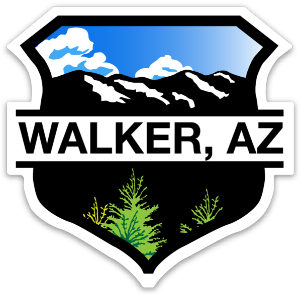
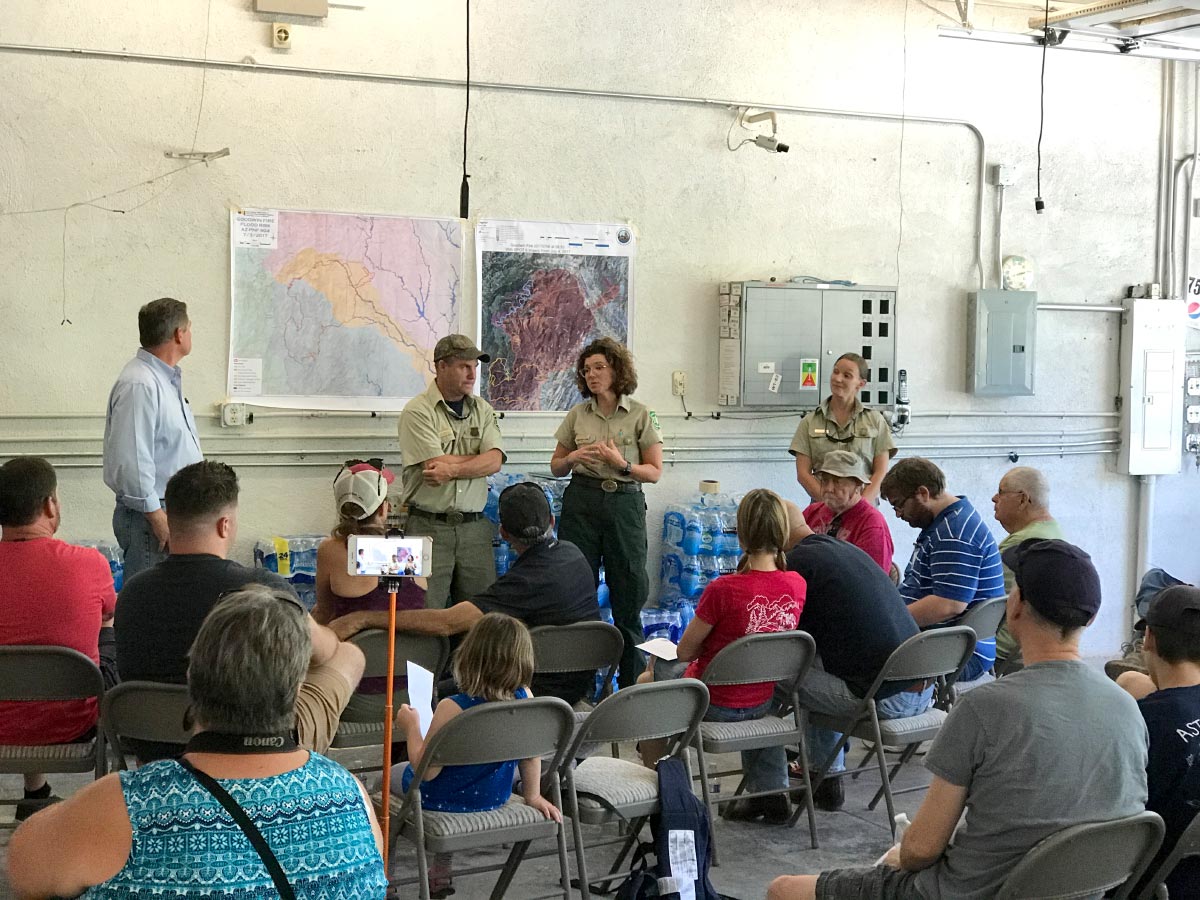
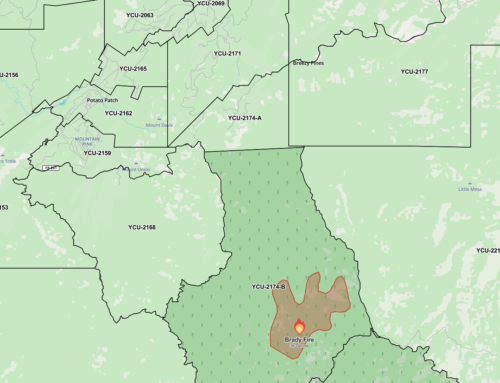
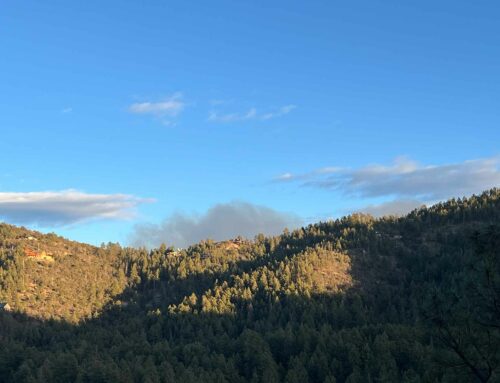
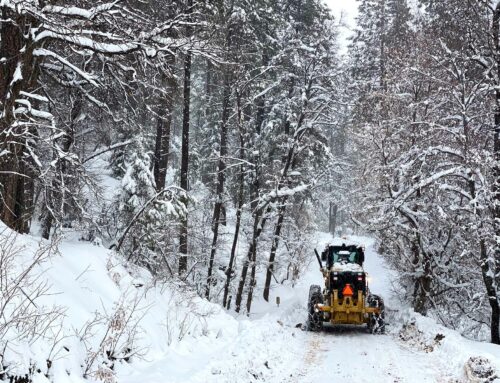
Leave A Comment